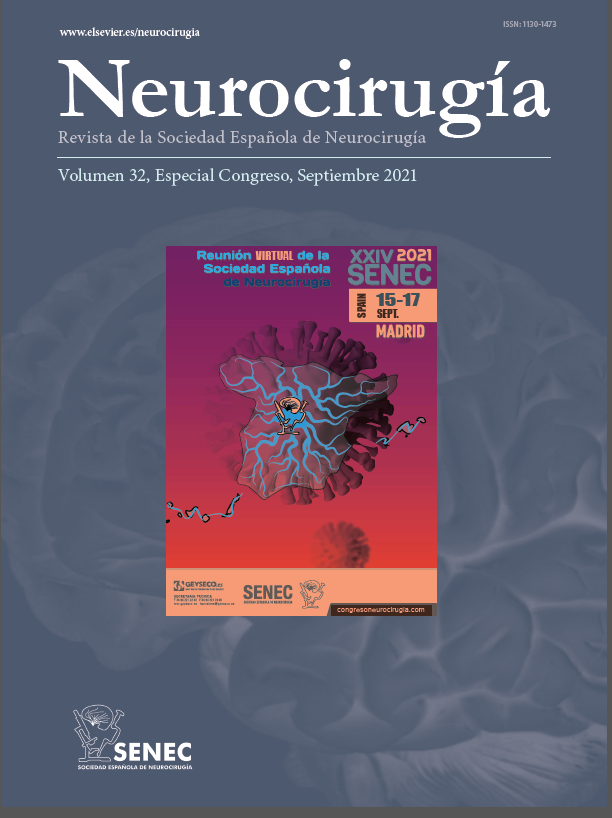C-0215 - MULTIDISCIPLINARY-TEAM APPROACH FOR A NEUROONCOLOGICAL OUTPATIENT NEUROSURGERY (OON) PROGRAM: PEARLS AND PITFALLS FROM A PRELIMINARY QUALITATIVE ANALYSIS
Department of Neurological Surgery and Spine Unit, Hospital Universitario Marqués de Valdecilla and Instituto de Investigación Marqués de Valdecilla (IDIVAL), Santander, Spain. Anesthesiology Department, Hospital Universitario Marqués de Valdecilla and Instituto de Investigación Marqués de Valdecilla (IDIVAL). Santander, Spain. Hospital at Home Unit/Day Surgery Unit, Hospital Universitario Marqués de Valdecilla and Instituto de Investigación Marqués de Valdecilla (IDIVAL). Santander, Spain. Ciencias Jurídicas y Empresariales, Universidad de Cantabria, Santander, Spain. Division of Neurosurgery, Toronto Western Hospital/University Health Network, University of Toronto, Toronto, ON, Canada. Division of Neurosurgery, Toronto Western Hospital/University Health Network, University of Toronto, Toronto, ON, Canada.
Objectives: Outpatient surgery and enhanced recovery after surgery (ERAS) have become standards of care for many procedures in several surgical specialties. Nonetheless, despite the growing evidence on the benefits of neurooncological outpatient neurosurgery (OON), it is only performed in a few specialized centers. To the best of our knowledge, there are no previous descriptions of established OON programs in Europe. Here, we show preliminary results, describe the protocol, and qualitatively analyze the implantation process.
Methods: After subspecialized training in experienced centers, a dedicated multidisciplinary team designed a well-defined patient flow-chart according to the hospital features. Besides, inclusion and exclusion criteria were adapted to the socio-demographical context and a prospective patient enrollment was designed. Tumor resections or biopsies of supratentorial lesions up to 3 cm of diameter are included. Briefly, the OON program consists of patient admission to the day surgery unit, non-invasive anesthetic monitoring, ERAS, same-day discharge, and admission in the Hospital-at-Home (HaH) Unit for immediate postoperative follow-up.
Results: A preliminary patient-flow timeline analysis showed that the OON protocol was feasible and safe, resulting in high patient and family satisfaction and decreased illness perception. Nevertheless, several difficulties were identified, as initial apprehension and reluctance from patients and health professionals. Therefore, adequate patient selection, a multidisciplinary team approach, and patient education were fundamental aspects during the implantation of the protocol. Besides, among the strengths found in our hospital, the availability of an experienced HaH and non-invasive anesthetic monitoring were key factors for the success of the program.
Conclusions: The preliminary results presented here suggest that an OON program, including an ERAS protocol and a non-invasive anesthetic monitoring, can be safely implanted and that several strategies can be implemented to overcome the potential barriers. Furthermore, this is the first description of the potential role of HaH in neuro-oncological surgery.







